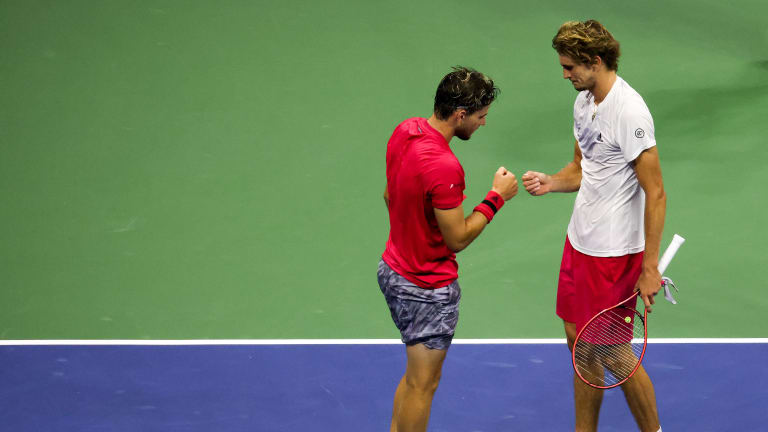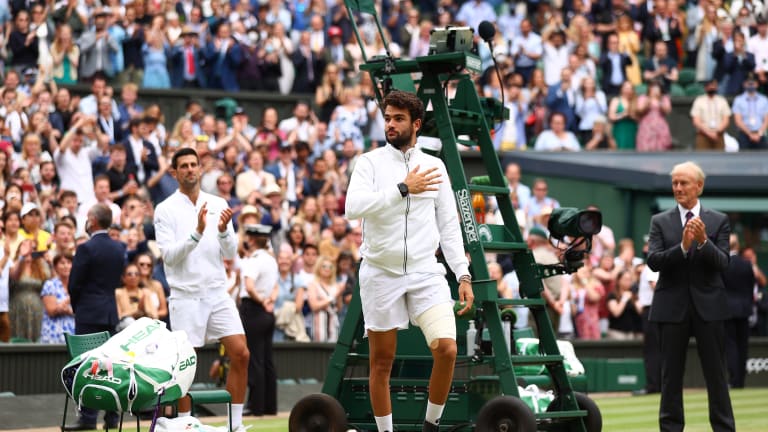Facts & Stats
With a suddenly hobbled Big Three, Zverev, Thiem, Tsitsipas, Medvedev and Berrettini have an opportunity—if they can get past the early rounds
By Aug 12, 2021Facts & Stats
Iga Swiatek is one Australian Open title away from completing a Career Slam
By Jan 14, 2026Facts & Stats
Carlos Alcaraz to chase historic Career Slam at this year’s Australian Open
By Jan 13, 2026Facts & Stats
Happy birthday, Hsieh Su-wei! 40 stats for the Taiwanese trailblazer's 40th birthday
By Jan 04, 2026Facts & Stats
Carlos Alcaraz tops ATP prize money leaders for 2025 with over 21 million dollars
By Dec 24, 2025Facts & Stats
Most prize money in 2025: Aryna Sabalenka breaks single-season WTA record
By Dec 05, 2025Facts & Stats
Most wins in 2025: Carlos Alcaraz dominates leaderboard with sparkling 71-9 record
By Dec 04, 2025Facts & Stats
Biggest ranking jumps in 2025: Amanda Anisimova makes biggest leap into Top 10
By Dec 03, 2025Facts & Stats
Most titles in 2025: Carlos Alcaraz joins exclusive list with eight trophies this year
By Dec 02, 2025Facts & Stats
Most aces in 2025: Elena Rybakina becomes first woman in nine years to surpass 500 aces
By Dec 01, 2025With a suddenly hobbled Big Three, Zverev, Thiem, Tsitsipas, Medvedev and Berrettini have an opportunity—if they can get past the early rounds
Of the many impressive achievements from Federer, Nadal and Djokovic is their near-automatic ability to safely navigate through the first two rounds of big tournaments.
Published Aug 12, 2021
Advertising
Advertising
Advertising

Thiem and Zverev battled for the US Open title last September, but are still searching for consistency across the board.
© Getty Images
Advertising
Advertising

"He's the Italian Hammer," Djokovic said of Berrettini.
© Getty Images